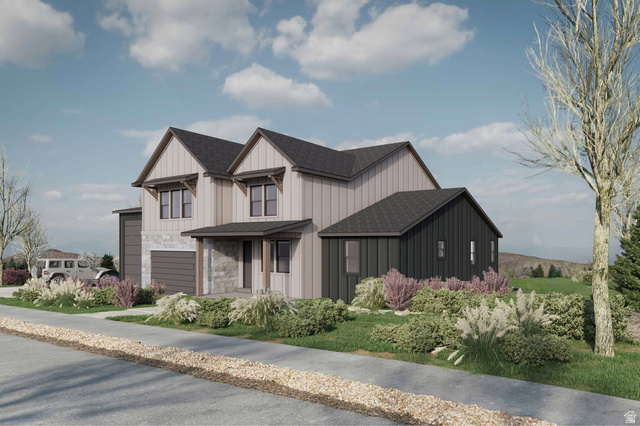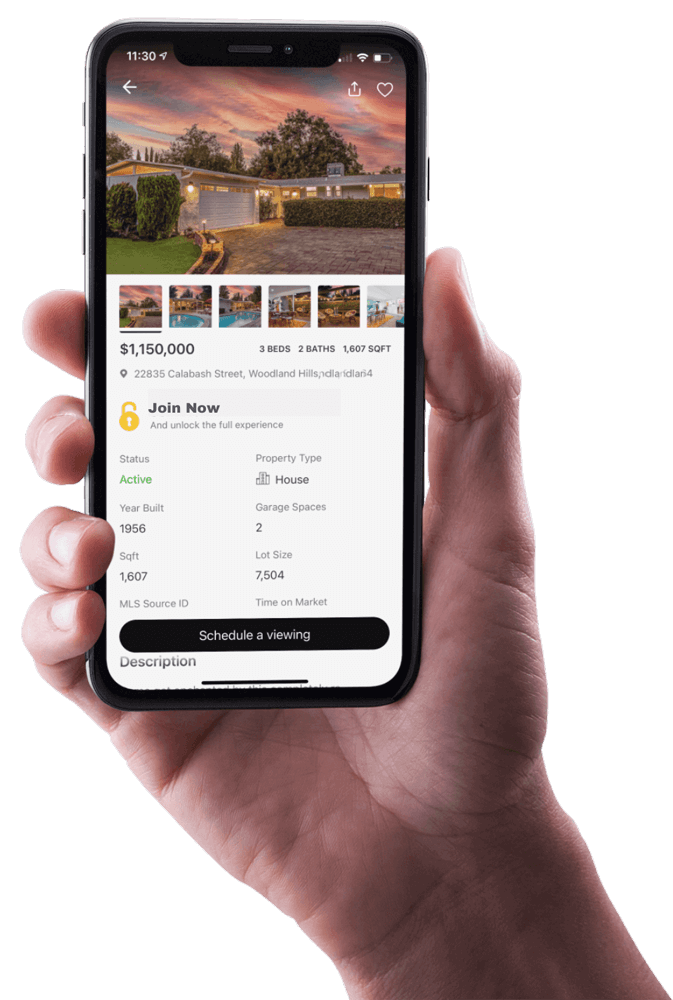
Overview: Where the Utah market stands today
After the dramatic climb in mortgage rates that began in 2022—moving from the upper 2%/lower 3% range to peaks near 7.5% for conventional loans in some Utah markets—the market has entered a new, more complex phase. Rates have eased slightly in recent weeks, and signals from the Federal Reserve point to the possibility of a policy shift that could depress mortgage rates further in the coming months. That change, even if modest, has the potential to increase buyer activity and reshape local pricing dynamics heading into late 2024 and beyond.
Interest rates: recent moves and what they could mean
Key takeaways on rates:
- Mortgage rates rose sharply after 2022 and have been elevated for an extended period, forcing many buyers and sellers to recalibrate expectations.
- Recent Federal Reserve commentary, including remarks delivered during the Jackson Hole gathering, suggested inflation remains a concern but weakening labor-market indicators could prompt a policy adjustment.
- Mortgage rates have already retreated roughly a quarter point since early August, and a further incremental decline—another quarter point or so—could arrive if the Fed implements a rate cut in the near term. A substantive Fed move could push many mortgage products closer to the 5% range for qualified buyers.
For context on the Federal Reserve’s communications and policy, see the Federal Reserve website: https://www.federalreserve.gov
How falling rates typically affect buyer demand
Even modest rate declines often unlock a wave of sidelined buyers. A step-down of a quarter to a half percent can meaningfully improve monthly payment affordability, prompting increased mortgage preapprovals and a surge in showing activity. In practice, this means the market can shift quickly from a slow, negotiated environment to one with multiple-offer situations for desirable properties.
Explore Utah Real Estate

5618 E SOUTH FORK RD, Provo, UT
$43,000,000
Bedrooms: 6 Bathrooms: 10 Square feet: 22,958 sqft

864 W SAPPHIRE SKY LN #546, St George, UT
$4,300,000
Bedrooms: 7 Bathrooms: 9 Square feet: 5,136 sqft

850 LAZY WAY #8, Francis, UT
$1,300,000
Bedrooms: 4 Bathrooms: 4 Square feet: 2,755 sqft
- Affordability improves — more households qualify for financing at a given monthly payment.
- Buyer urgency rises — buyers who delayed purchases re-enter the market to lock in improved terms.
- Inventory pressure increases — a shallow inventory of well-priced homes can lead to bidding wars and price escalation.
Current market dynamics: a mixed, hyper-local picture
The Utah market currently demonstrates two contrasting behaviors simultaneously. Many listings that were priced aggressively during the peak demand years are now experiencing extended time on market and sizable price reductions because they are no longer competitive relative to newer comparative listings or renovated homes. At the same time, carefully priced homes in desirable neighborhoods continue to receive multiple offers and, in some cases, sell above asking price.
One recent local example illustrates that divergence: a well-located home requiring moderate remodeling attracted six offers in a short window and likely closed tens of thousands over the list price. Conversely, other properties with outdated interiors or inflated list prices have seen deep reductions and little show activity.
Price trends and negotiation patterns
Market statistics point to modest upward movement in median sales prices over recent months, with the median rising from roughly $500,000 to about $520,000 in July of 2025. Mid-August metrics suggest prices may be leveling off, but this can vary substantially by neighborhood, home condition, and price tier. Most transactions appear to follow a negotiation pattern: many homes list at a number, linger on market for a couple of weeks, then receive offers below list and close after negotiation at a compromise figure that both buyer and seller accept.
Practical negotiation implications:
- Buyers should obtain a current market analysis for any target neighborhood to understand comparable sales and recent offer activity.
- Sellers benefit from strategic pricing and targeted improvements that increase competitiveness without overspending on renovations with limited ROI.
- Working with an experienced local agent is crucial to interpret activity indicators like days on market, price reductions, and buyer traffic.
Builder incentives and new construction: a strong option for many buyers
Builder incentives have become more pronounced as developers compete for buyers, and those incentives can meaningfully change the net cost of a new home. Common offers include closing-cost assistance, mortgage rate buydowns, and appliance or upgrade packages. For many first-time and mid-price buyers—particularly in segments under about $600,000—new construction can offer better value: modern floor plans, energy efficiency, and financial incentives not typically available in resale transactions.
More Properties You Might Like

1700 W 2700 N #36, Pleasant View, UT
$230,000
Bedrooms: 4 Bathrooms: 2 Square feet: 2,100 sqft

7665 STERLING DR, Park City, UT
$6,100,000
Bedrooms: 5 Bathrooms: 6 Square feet: 4,975 sqft

La Casa Cir, St George, UT
$575,500
Square feet: 14,391 sqft
When evaluating new construction versus resale, consider these trade-offs:
- Pros of new construction: incentives, warranties, lower immediate maintenance, modern layouts and materials.
- Cons of new construction: potential wait times, HOA and community rules, limited mature landscaping, and sometimes smaller lot sizes compared with older neighborhoods.
How to decide whether to buy now or wait
Timing a home purchase is highly personal and depends on financial readiness, life plans, and housing needs. Important factors to weigh include job stability, down‑payment and reserve savings, how long the household plans to occupy the property, and the availability of desirable inventory in targeted neighborhoods. For many households, purchasing when it makes sense personally—rather than attempting to time macroeconomic cycles—remains the recommended approach. A clear step-by-step evaluation looks like this:
- Assess financial readiness: credit, savings for down payment and closing, emergency reserves.
- Get preapproved to understand the realistic price and payment range based on current rates.
- Identify priorities (school districts, commute, resale potential, remodeling tolerance).
- Compare new construction incentives versus resale opportunities within the targeted market.
- Work with a local real estate professional to monitor inventory and structure competitive offers when appropriate.
Resources and additional reading
For national real estate market context and research reports, refer to the National Association of REALTORS® at https://www.nar.realtor. To explore local Utah listings and resources, consult the statewide portal at https://bestutahrealestate.com for current inventory and listing tools.
Conclusion
Utah’s real estate market is in a transitional state: mortgage rates have moderated modestly, median prices have shown modest gains in recent months, and buyer behavior is sensitive to even small changes in interest rates. That creates a dynamic environment where well-priced, well-presented homes can still trigger competitive bidding, while other properties struggle to attract attention. Buyers, sellers, and investors should base decisions on local comps, personal timing, and actionable financial planning rather than headlines alone.
Frequently Asked Questions
Will mortgage rates return to pre-2022 levels soon?
Large rate movements depend on macroeconomic conditions and central bank policy. Current commentary from monetary authorities suggests potential for gradual easing, but any return to near 3% levels would likely require sustained declines in inflation and improved macroeconomic fundamentals. Buyers should plan for rate variability and use preapproval to lock financing when terms match their goals.
Should first-time buyers focus on new construction because of builder incentives?
Builder incentives can make new construction a compelling option—especially for buyers in certain price ranges who benefit from rate buydowns or closing-cost help. However, buyers should compare total costs, timelines, HOA rules, and long-term resale prospects before deciding.
How can sellers make a listing more competitive in this mixed market?
Sellers should price according to current comparable sales, invest in targeted, cost-effective updates (kitchens, fresh paint, curb appeal), and work with agents who analyze buyer traffic and feedback. In many cases, realistic pricing and strategic staging yield faster sales and stronger offers.
What neighborhoods in Utah tend to hold value during market shifts?
Neighborhood resilience depends on fundamentals: desirable schools, access to employment centers, transit, and limited new supply. Urban-core neighborhoods and well-established suburbs with high demand typically fare better during market fluctuations. Local market analyses should be used to identify specific areas with favorable fundamentals.
Where can one get accurate, local market data for Utah?
Reliable sources include local multiple listing services, county transaction records, and research from recognized organizations such as the National Association of REALTORS® (https://www.nar.realtor). For statewide listing searches, visit https://bestutahrealestate.com for updated inventory and tools.














